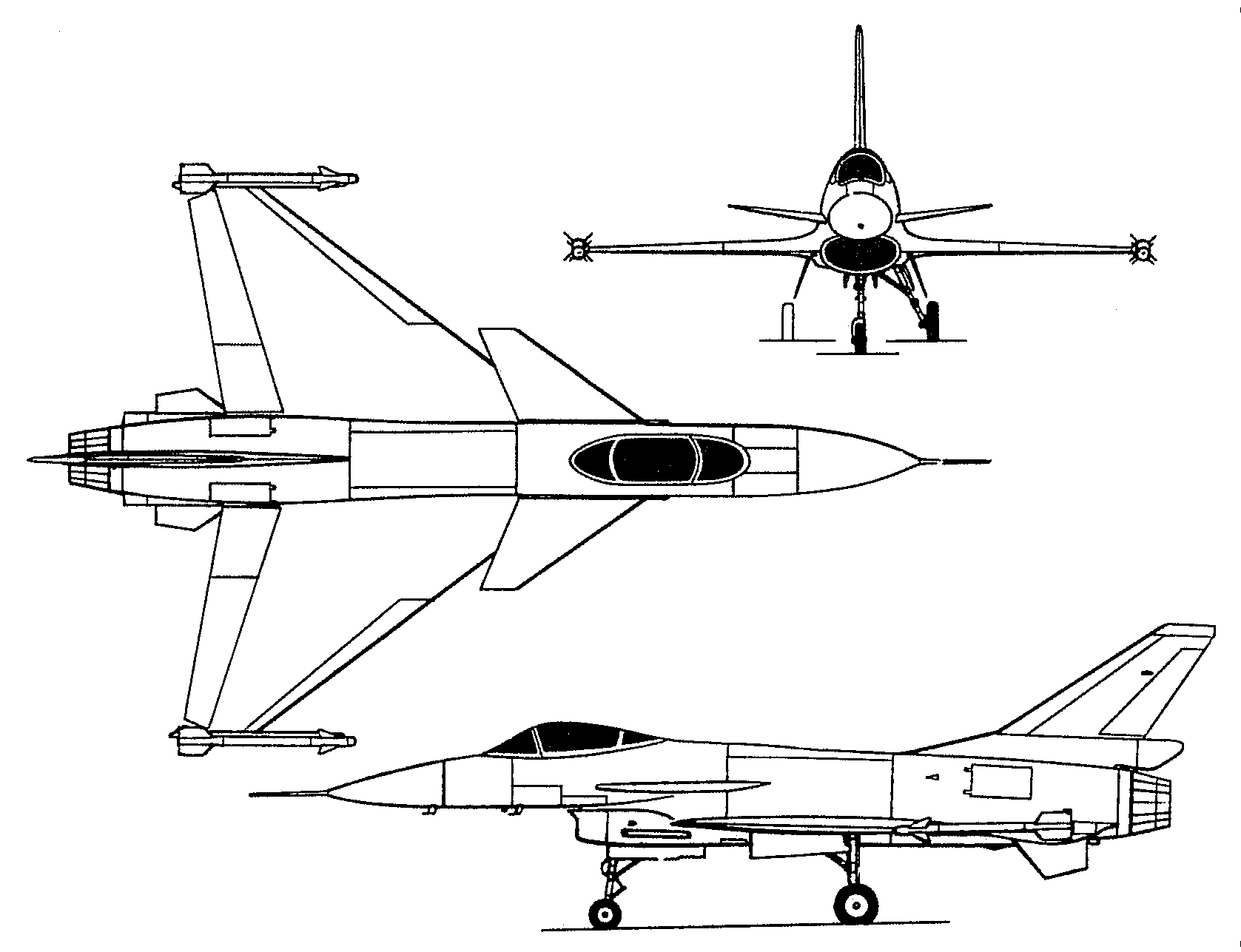20 Iai Fighter Jet Designs: Proven Concepts

The development of fighter jets has been a crucial aspect of modern warfare, with countries continually striving to create aircraft that can outmaneuver and outperform their adversaries. Israel, in particular, has made significant strides in the field of fighter jet design, with its IAI (Israel Aerospace Industries) producing some of the most advanced and versatile aircraft in the world. In this article, we will explore 20 proven IAI fighter jet designs, highlighting their key features, capabilities, and the impact they have had on the world of military aviation.
Introduction to IAI Fighter Jets

IAI has been at the forefront of fighter jet design for decades, with a focus on creating aircraft that are not only highly maneuverable but also equipped with advanced avionics and weaponry. The company’s designs have been influenced by its experiences in various conflicts, including the Yom Kippur War and the Lebanon War, which have shaped its approach to creating effective and reliable fighter jets. One of the key factors contributing to IAI’s success is its emphasis on innovation, with the company continually investing in research and development to stay ahead of the curve. Additionally, IAI’s modular design approach has allowed it to create aircraft that can be easily upgraded and modified to meet changing operational requirements.
Early IAI Fighter Jet Designs
IAI’s early fighter jet designs, such as the Nesher and the Kfir, were based on the French Mirage III and were used extensively by the Israeli Air Force. These aircraft played a crucial role in several conflicts, including the Yom Kippur War, and helped establish IAI as a major player in the global fighter jet market. The delta wing design of these early aircraft provided exceptional stability and maneuverability, making them highly effective in combat situations.
| Model | Year of Introduction | Top Speed |
|---|---|---|
| Nesher | 1971 | Mach 2.1 |
| Kfir | 1975 | Mach 2.3 |

Advanced IAI Fighter Jet Designs

In recent years, IAI has continued to push the boundaries of fighter jet design, with the development of advanced aircraft such as the Lavi and the Barak. These aircraft have been designed with the latest technologies, including advanced avionics and stealth capabilities, making them highly effective in modern combat scenarios. The fly-by-wire flight control system used in these aircraft provides exceptional stability and maneuverability, while the advanced radar systems enable the aircraft to detect and engage targets at long range.
IAI Fighter Jet Designs in Service
Today, IAI fighter jets are in service with air forces around the world, including the Israeli Air Force, the Indian Air Force, and the Colombian Air Force. These aircraft have proven themselves to be highly reliable and effective, with many having been used in combat operations. The IAI Lavi, for example, has been used by the Israeli Air Force to conduct a range of missions, including air-to-air combat and ground attack. The modular design approach used in the Lavi has allowed the aircraft to be easily upgraded and modified to meet changing operational requirements.
- Israeli Air Force: IAI Lavi, IAI Kfir
- Indian Air Force: IAI Tejas
- Colombian Air Force: IAI Kfir
| Model | Year of Introduction | Operational Range |
|---|---|---|
| Lavi | 1994 | 1,000 km |
| Tejas | 2015 | 1,500 km |
| Kfir | 1975 | 1,200 km |
Future IAI Fighter Jet Designs

As the world of military aviation continues to evolve, IAI is committed to staying at the forefront of fighter jet design. The company is currently working on a range of new projects, including the development of unmanned combat air vehicles (UCAVs) and hypersonic aircraft. These advanced designs will be equipped with the latest technologies, including artificial intelligence and cyber warfare capabilities, making them highly effective in future combat scenarios. The integration of advanced sensors and communication systems will enable these aircraft to operate in a network-centric environment, providing real-time situational awareness and enhancing their overall effectiveness.
IAI Fighter Jet Design Specifications
The following table provides a summary of the key specifications for IAI’s current and future fighter jet designs:
| Model | Length | Wingspan | Max Takeoff Weight |
|---|---|---|---|
| Lavi | 14.5 m | 8.2 m | 12,000 kg |
| Tejas | 13.2 m | 8.5 m | 10,000 kg |
| Kfir | 15.6 m | 8.2 m | 14,000 kg |
What is the current status of IAI’s fighter jet designs?
+IAI’s fighter jet designs are currently in service with air forces around the world, including the Israeli Air Force, the Indian Air Force, and the Colombian Air Force. The company is also working on a range of new projects, including the development of unmanned combat air vehicles (UCAVs) and hypersonic aircraft.
What are the key features of IAI’s advanced fighter jet designs?
+IAI’s advanced fighter jet designs, such as the Lavi and the Tejas, feature advanced avionics, stealth capabilities, and fly-by-wire flight control systems. These aircraft are also equipped with advanced radar systems and are capable of carrying a range of weaponry, including air-to-air missiles and precision-guided munitions.
What is the future of IAI’s fighter jet designs?
+The future of IAI’s fighter jet designs will be influenced by a range of factors, including advances in technology, changes in operational requirements, and the need to stay ahead of emerging threats. The company is currently working on a range of new projects, including the development of UCAVs and hypersonic aircraft, which will be equipped with the latest technologies, including artificial intelligence and cyber warfare capabilities.